I tried to create the perhaps simplest ontology, consisting of two classes (A, B) and a relation (R) between the two classes. I also want to state that every individual of A must have a relation R with some other individual.
:R rdf:type owl:ObjectProperty ;
rdfs:domain :A ;
rdfs:range :B .
:A rdf:type owl:Class ;
rdfs:subClassOf owl:Thing ,
[ rdf:type owl:Restriction ;
owl:onProperty :R ;
owl:someValuesFrom :B
] ;
owl:disjointWith :B .
:B rdf:type owl:Class ;
rdfs:subClassOf owl:Thing .
Now some individuals:
:a1 rdf:type :A , owl:NamedIndividual ; :R :b1 .
:a2 rdf:type :A , owl:NamedIndividual .
:b1 rdf:type :B , owl:NamedIndividual .

But the reasoner does not complain about a2 not having a relation R. Why?
(Note: I created ontology in Protégé; I tried FacT++ and HermiT reasoners)